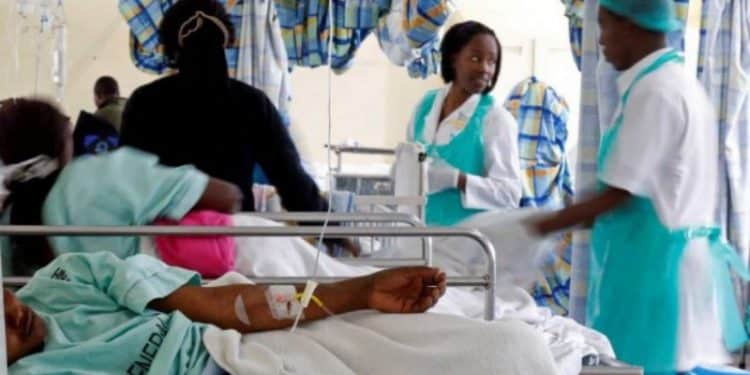A total of 2,102 suspected cholera cases and 63 deaths have been recorded across 33 states and 122 local government areas in Nigeria since the beginning of the year as of June 30, 2024.
The Director-General of the Nigeria Centre for Disease Control and Prevention, Jide Idris, disclosed this on Tuesday at a press briefing in Abuja. He noted that the case fatality rate is at 3.0 per cent.
He said seven of the top 10 states (Lagos, Bayelsa, Abia, Zamfara, Bauchi, Katsina, Cross River, Ebonyi, Rivers and Delta) that contribute about 90 per cent of the cases are Southern States.
Cholera, a highly contagious food and waterborne disease, has in the recent past reared its devastating head in several states across our country. It is caused by the ingestion of the organism Vibrio cholerae in contaminated water and food.
“As of 30th June 2024, a total of 2,102 suspected cases and 63 deaths have been recorded across 33 States and 122 LGAs with a case fatality rate of 3.0% since the beginning of the year. Of the top 10 States (Lagos, Bayelsa, Abia, Zamfara, Bauchi, Katsina, Cross River, Ebonyi, Rivers and Delta) that contribute about 90 per cent of the cases, seven of them are Southern States.
“The National Cholera Multisectoral Emergency Operation Centre activated parades an array of subject matter experts and provides strategic coordination, meets daily and provides periodic situation reports for stakeholders.
“This also ensures effective mobilisation, harmonisation and distribution of resources to support the affected states. This is done through the relevant thematic areas of response that cover coordination, surveillance, case management, infection prevention and control, risk communication and community engagement, Water Sanitation and Hygiene, Vaccination, Logistics, Research with a costed Incidence Action Plan for the response developed and being implemented.”
He added, “These will help facilitate rapid communication, data analysis, and decision-making. It will also ensure that we deploy resources efficiently, strengthen surveillance and diagnostic capacity, enhance treatment of affected persons, and intensify public awareness and community engagement activities.”










